Treatments
Minimally Invasive Spine Surgery Options in Palm Beach County



Unlike traditional open surgery, which requires large incisions and extensive muscle dissection, MISS utilizes specialized instruments and advanced imaging techniques to access the spine through small incisions, typically less than one inch in length. This approach reduces blood loss, postoperative pain, and hospital stays while providing precise and effective treatment.
The evolution from traditional open surgery to minimally invasive techniques has transformed spine surgery in Palm Beach County. Minimally invasive approaches allow surgeons to perform complex spinal procedures with greater precision and accuracy while minimizing trauma to surrounding tissues. Patients now have access to a variety of minimally invasive options, including decompression procedures, spinal fusion, disc replacement, and deformity correction, offering effective relief with less discomfort and downtime, ultimately improving their quality of life.
Benefits of Minimally Invasive Spine Surgery
Minimally Invasive Spine Surgery (MISS) offers several advantages over traditional open surgery, making it an appealing option for patients in Palm Beach County.
Reduced Recovery Time
One of the primary benefits of MISS is the significantly reduced recovery time compared to traditional open surgery. By utilizing small incisions and minimizing disruption to surrounding tissues, MISS allows patients to recover more quickly and return to their daily activities sooner.
Lower Risk of Complications
MISS also carries a lower risk of complications compared to open surgery. With smaller incisions and less tissue trauma, patients undergoing MISS experience reduced blood loss, lower rates of infection, and decreased risk of postoperative complications, resulting in improved surgical outcomes.
Minimal Scarring
Another advantage of MISS is minimal scarring. The small incisions used in minimally invasive procedures result in less visible scarring compared to traditional open surgery, enhancing cosmetic outcomes and patient satisfaction.
In addition to the above benefits, MISS may also offer advantages such as less postoperative pain, preservation of spinal mobility, and shorter hospital stays.
When considering treatment options for spinal conditions, choosing minimally invasive spine surgery offers numerous benefits, including faster recovery, reduced risk of complications, and minimal scarring. By opting for MISS, patients in Palm Beach County can enjoy improved surgical outcomes and a quicker return to their normal activities, ultimately enhancing their quality of life.



Types of Minimally Invasive Spine Surgery
Minimally Invasive Spine Surgery (MISS) encompasses a range of advanced techniques designed to address spinal disorders with minimal disruption to surrounding tissues. These procedures offer several advantages over traditional open surgery, including reduced recovery time and lower risk of complications.
Discectomy
A discectomy is a minimally invasive procedure performed to remove a portion of a herniated or degenerated disc that is causing nerve compression and associated symptoms such as pain, numbness, or weakness. By removing the damaged portion of the disc, this procedure aims to alleviate pressure on the nerves and restore normal function. To learn more about discectomy procedures offered at our practice, visit our treatments page.
Laminotomy and Foraminotomy
Laminotomy and foraminotomy, also known as micro-decompression surgery, is a minimally invasive procedure used to relieve pressure on the spinal canal or nerves by removing a portion of the lamina, the bony arch of the vertebra. This procedure is commonly performed to treat conditions such as spinal stenosis, herniated discs, and bone spurs. To learn more about laminotomy and foraminotomy procedures offered at our practice, visit our laminectomy page.
Fusion
Minimally invasive spinal fusion is a surgical procedure used to join two or more vertebrae together to stabilize the spine and alleviate pain. This procedure may be recommended to treat conditions such as degenerative disc disease, spinal instability, or spondylolisthesis. To learn more about fusion procedures, visit our spinal fusions page.
Artificial Disc Replacement
Artificial disc replacement is a minimally invasive alternative to spinal fusion surgery that involves replacing a damaged or degenerated disc with an artificial implant. This procedure aims to preserve spinal motion and flexibility while providing relief from pain and other symptoms. To learn more about artificial disc replacement procedures offered at our practice, visit our artificial disc replacement page.
In addition to the above procedures, other types of minimally invasive spine surgery options may include spinal decompression, spinal cord stimulation, and minimally invasive stabilization techniques. Each procedure is tailored to address specific spinal conditions and patient needs.




Ideal Candidates for Minimally Invasive Spine Surgery
Minimally Invasive Spine Surgery (MISS) offers a promising treatment option for a variety of spinal conditions, providing patients with less invasive procedures and faster recovery times.
Conditions Treated
Minimally Invasive Spine Surgery can effectively treat a range of spinal conditions, including:
Herniated discs
Spinal stenosis
Degenerative disc disease
Spondylolisthesis
Spinal tumors
Spinal fractures
Failed back surgery syndrome
Determining whether a patient is a suitable candidate for minimally invasive spine surgery involves assessing several factors, including:
Severity and location of the spinal condition
Overall health and medical history
Previous treatments and outcomes
Patient's goals and expectations for surgery
If you're unsure whether you qualify for minimally invasive spine surgery or have questions about your eligibility, we encourage you to reach out for a consultation with our experienced spine specialists. Our team will evaluate your case comprehensively and provide personalized recommendations tailored to your needs and goals. Don't let spinal pain hold you back—take the first step towards relief by scheduling a consultation today.
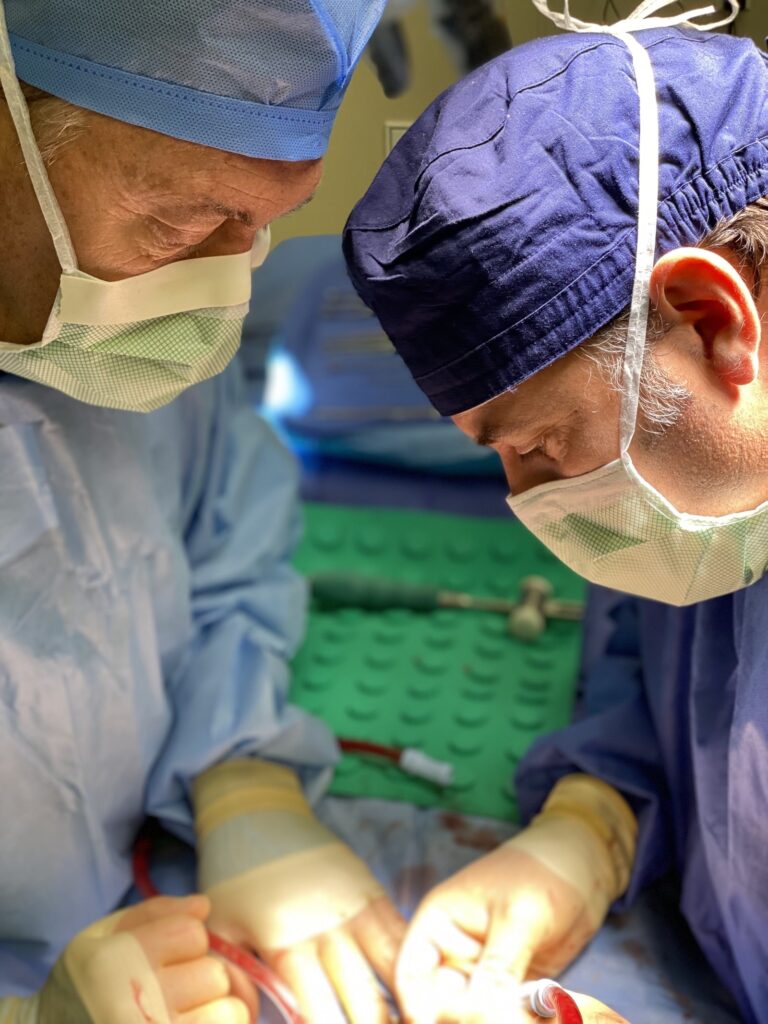
Comparing MISS to Traditional Spine Surgery
Minimally Invasive Spine Surgery (MISS) offers several advantages over traditional open surgery, making it an attractive option for many patients.
Reduced blood loss
Smaller incisions and minimal scarring
Faster recovery times
Lower risk of infection and complications
Preservation of surrounding tissues and spinal anatomy
While MISS is beneficial in many cases, there are situations where traditional open surgery might be preferred.
Complex spinal deformities requiring extensive correction
Severe spinal instability necessitating extensive fusion
Cases where direct visualization and tactile feedback are crucial
Patients with multiple comorbidities or anatomical constraints
Risks and Considerations
Despite its numerous advantages, minimally invasive spine surgery also carries certain risks and limitations that patients should be aware of.
Potential Complication
Nerve injury or damage
Infection
Bleeding
Hardware failure
Persistent pain or recurrence of symptoms
Limitations of MISS
Not suitable for all spinal conditions or anatomical variations
Limited visibility and access to certain areas of the spine
Steeper learning curve for surgeons compared to traditional open techniques
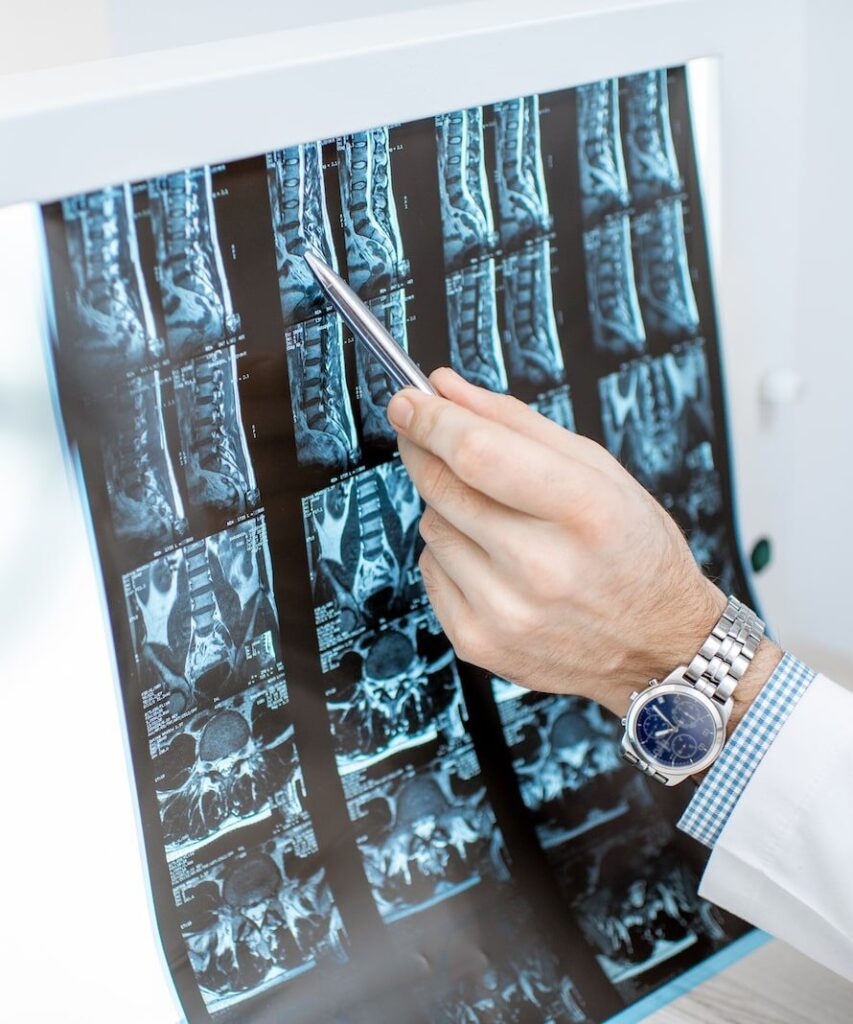
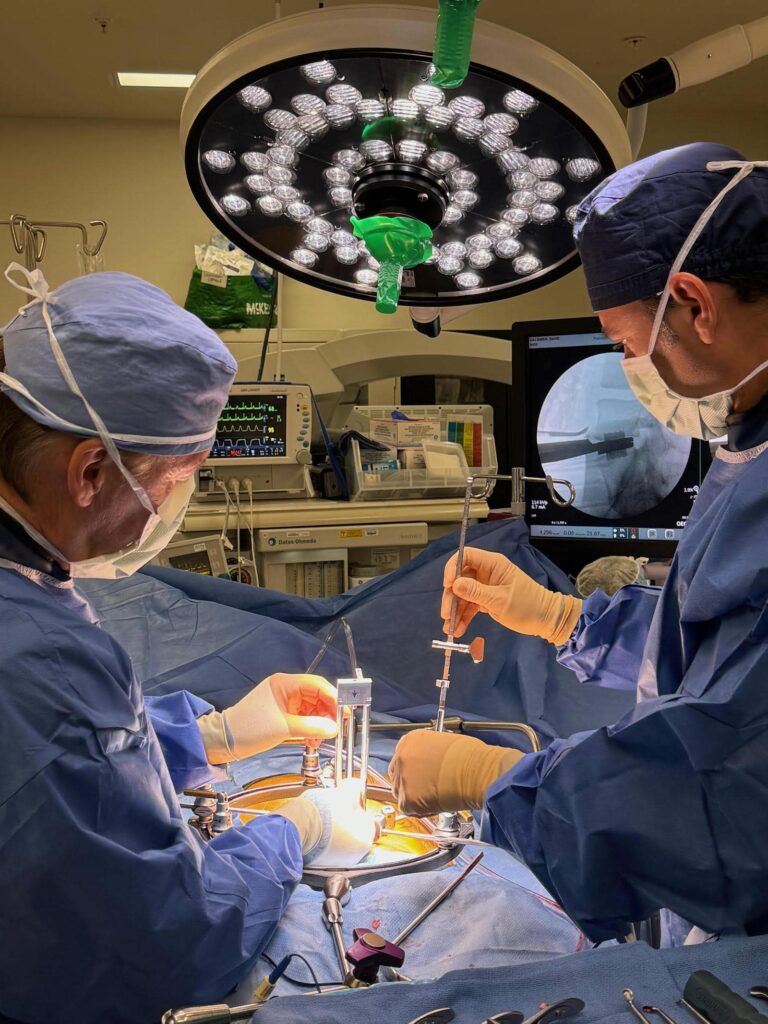
Technological Advancements in Minimally Invasive Spine Surgery
Recent technological advancements have further enhanced the safety and efficacy of minimally invasive spine surgery, leading to improved patient outcomes and surgical precision.
Robotics
Robotic-assisted surgery allows for greater precision and accuracy in MISS procedures by providing real-time feedback and assisting surgeons in navigating complex spinal anatomy.
Navigation Systems
Advanced navigation systems use intraoperative imaging and computer guidance to help surgeons visualize the spine in three dimensions, improving accuracy and reducing the risk of complications.
Enhanced Imaging Techniques
Innovative imaging techniques, such as intraoperative CT scans and intraoperative MRI, provide detailed anatomical information during surgery, enabling surgeons to make informed decisions and ensure optimal outcomes.
These technological advancements, along with ongoing research and development efforts, continue to propel the field of minimally invasive spine surgery forward, offering new possibilities for patients and surgeons alike.
Qualifications and Experience of Dr. Cuellar
Dr. Jason M. Cuellar is a highly skilled and experienced spine surgeon specializing in minimally invasive techniques. With extensive training and a commitment to excellence, Dr. Cuellar is dedicated to providing personalized care and achieving optimal outcomes for his patients. Dr. Cuellar's expertise, combined with his compassionate approach and patient-centered philosophy, makes him a trusted choice for minimally invasive spine surgery in Palm Beach County.
Questions to Ask Your Surgeon
When considering a surgeon for your minimally invasive spine surgery, it's essential to ask the right questions to ensure you're making an informed decision. Here are some questions to consider:
What are your qualifications and experience in performing minimally invasive spine surgery?
How many minimally invasive spine surgeries have you performed, and what are your success rates?
What specific techniques and technologies do you utilize in minimally invasive spine surgery?
Can you provide examples of patient outcomes or testimonials from previous minimally invasive spine surgery patients?
What is your approach to postoperative care and follow-up?
What are the potential risks and complications associated with minimally invasive spine surgery, and how do you mitigate them?
Do you have hospital privileges to perform minimally invasive spine surgery at reputable medical facilities?
How do you involve patients in the decision-making process and address their concerns and preferences?
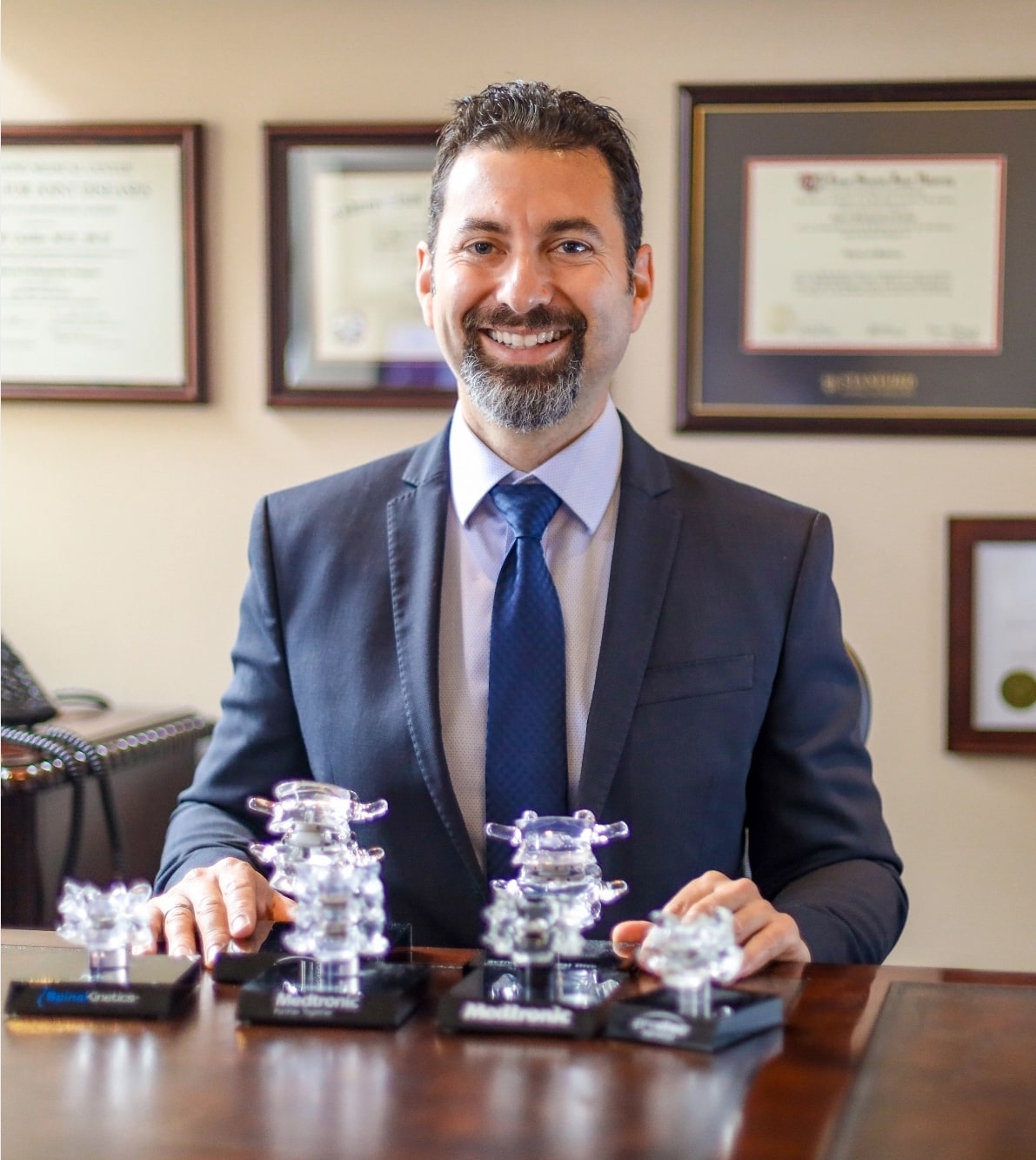


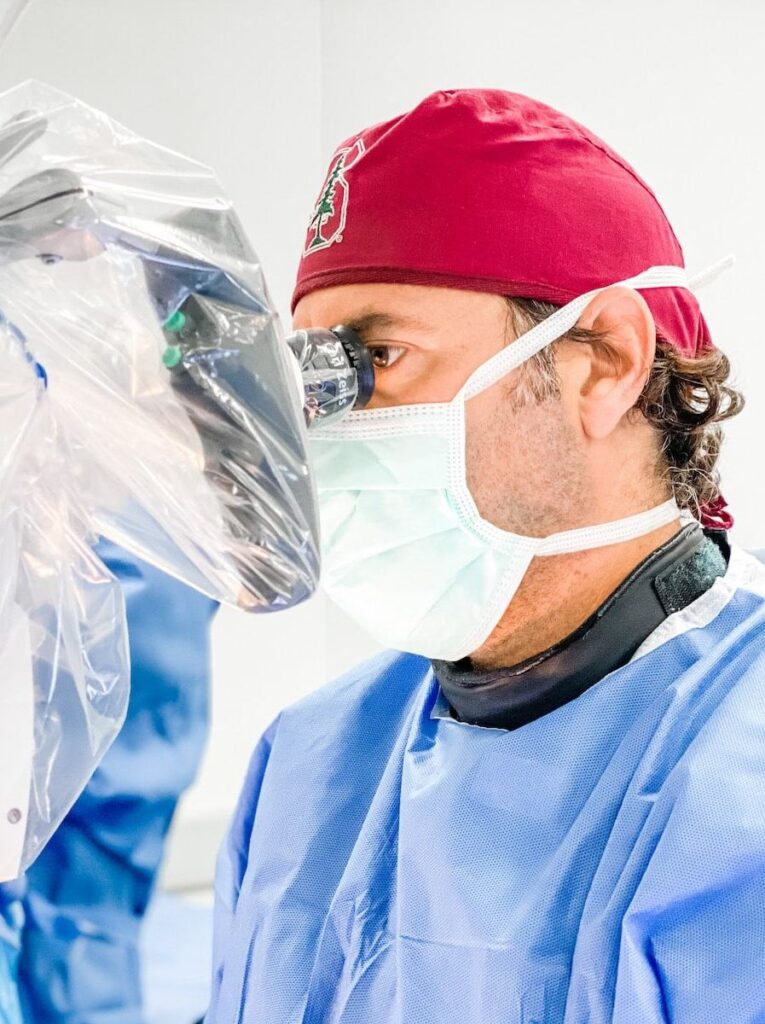
Conclusion: The Future of Minimally Invasive Spine Surgery
As we look ahead, the future of Minimally Invasive Spine Surgery (MISS) holds promise for continued advancements and improvements in patient care. Ongoing research in the field of spinal surgery is paving the way for innovative techniques and technologies that further enhance the safety, efficacy, and outcomes of MISS procedures.
Ongoing research in the field of Minimally Invasive Spine Surgery (MISS) aims to refine surgical techniques, optimize patient selection criteria, and develop novel technologies, driving progress in the field. By remaining at the forefront of scientific innovation, spine surgeons in Palm Beach County can offer patients access to the latest advancements in minimally invasive treatment options. Looking ahead, potential future developments in MISS, such as advancements in robotic-assisted surgery, artificial intelligence applications, and regenerative therapies, hold promise for further improving surgical precision, reducing complication rates, and enhancing patient outcomes, shaping the future landscape of spinal care. Choosing minimally invasive spine surgery offers numerous benefits, including faster recovery times, reduced postoperative pain, and improved cosmetic outcomes, ultimately leading to shorter hospital stays, quicker return to daily activities, and an overall improved quality of life for patients.
Minimally Invasive Spine Surgery represents a promising path forward in the treatment of spinal disorders. As advancements in surgical techniques and technologies continue to evolve, patients can expect even greater opportunities for relief and recovery. At Cuellar Spine, Dr. Cuellar and our team remain dedicated to providing the highest level of care, leveraging the latest innovations in MISS to ensure optimal outcomes for our patients. With our commitment to excellence and patient-centered approach, we are confident in the continued success and growth of Minimally Invasive Spine Surgery as a leading treatment option for spinal conditions.
Our Locations
PALM BEACH COUNTY
PALM BEACH GARDENS
4362 Northlake Blvd, Suite 209
11:30 AM – 7:00 PM Monday-Friday


